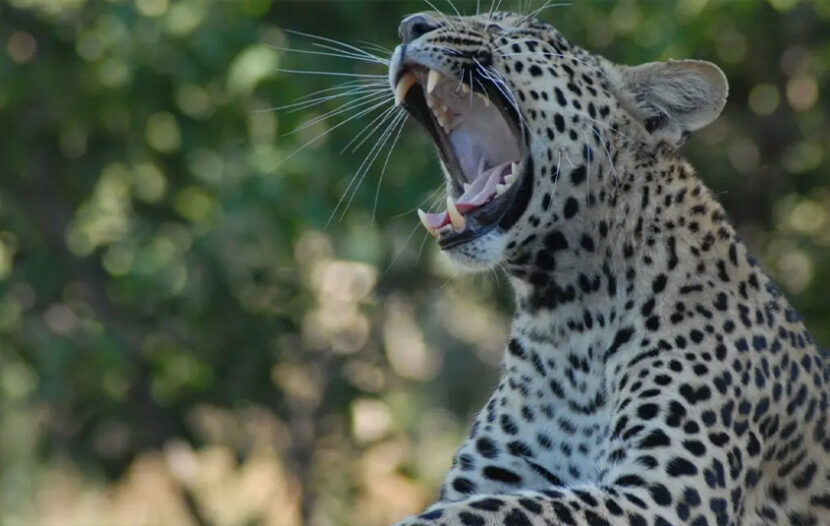You’d think it would be easy to come back from a wildlife safari with stunning photos – but it’s not always the case.
On a recent stay in Botswana, we asked a National Geographic photographer for photo tips, to maximize your chances of returning with some beautiful pics.
Dereck Joubert is a distinguished wildlife photographer and filmmaker who has been crisscrossing Africa for over 35 years, searching for the most powerful images of animals in action.
Here are 5 of his expert tips from the field …
- TAKE YOUR TIME
“The purpose of a safari is to enrich yourself and broaden your horizons. But this takes time. So don’t rush from one camp to another. Instead, stay several nights or a week in the same place. Don’t worry if nothing happened after a day. One day, I went on two subsequent outings with friends, and saw nothing. The next day, we tracked wild dogs — very difficult to spot — then we saw a leopard, a lion and elephants. If it doesn’t happen today, it will happen tomorrow! And then, even when you don’t meet animals, you have to focus on something else, because beauty is everywhere: the landscapes, the water lily flowers, the papyrus bouquets…”
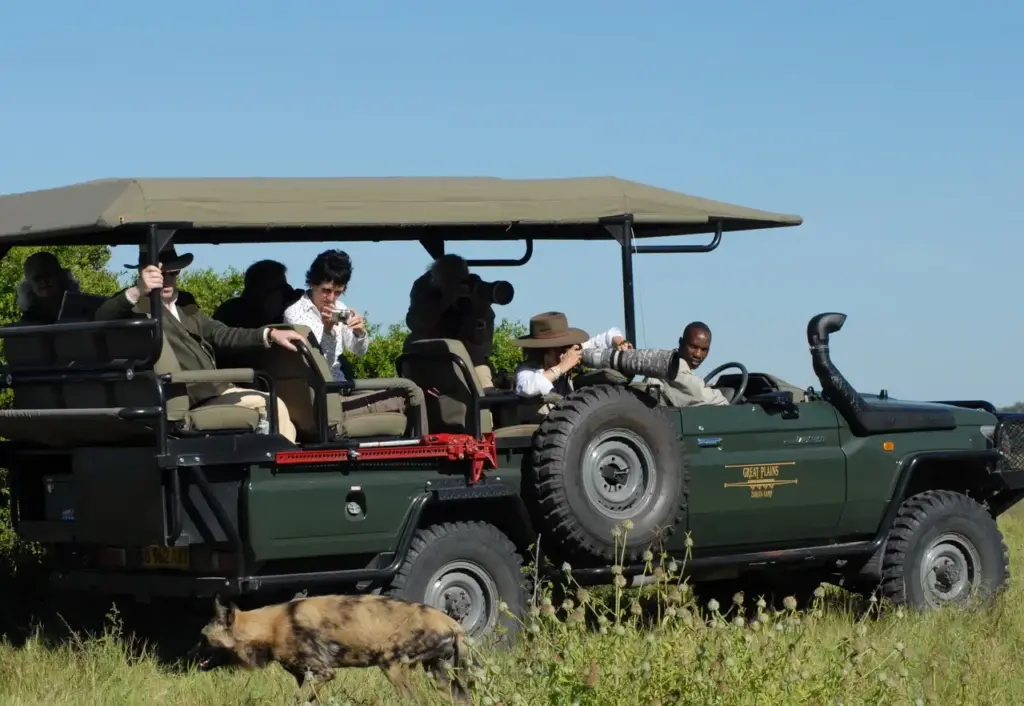
Credit Gary Lawrence
- NATURE ABOVE ALL ELSE
“Those who go on safari often think they are doing it for themselves, but they should be doing it for nature. How many times have I seen people snap their fingers to get a leopard to look at them, for the sake of a photo? This is not the kind of behavior we should adopt. I like it when people sit, with or without their camera, and wait for the moment when they will be fulfilled, being furtive and ephemeral observers of the world without wanting to influence it.”
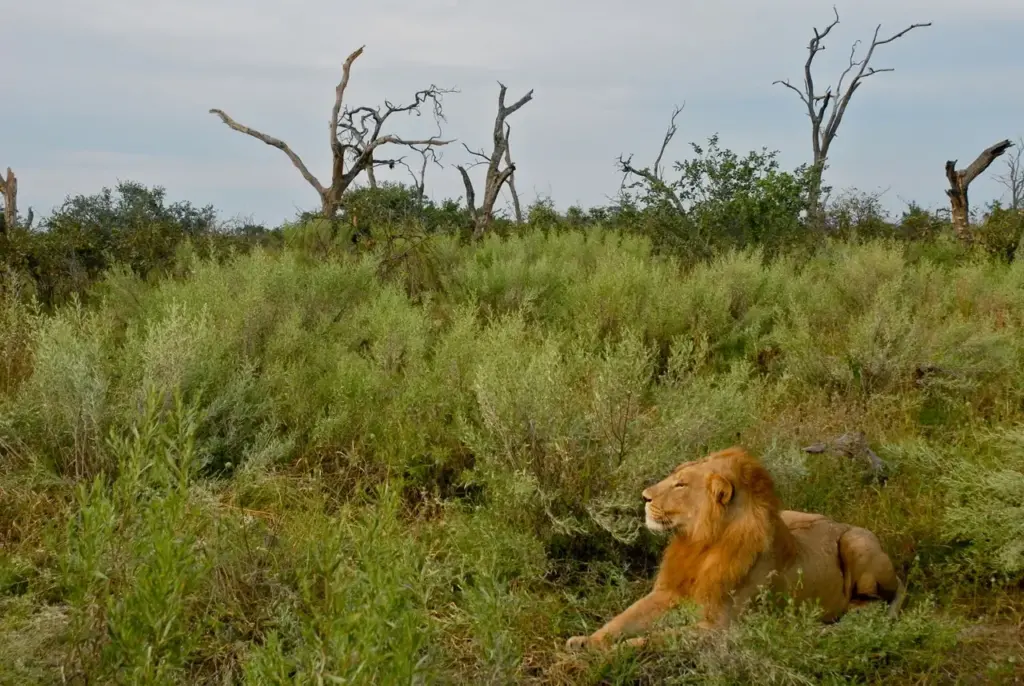
Credit Gary Lawrence
- STAY CALM
“The worst mistake people make is trying to take pictures of everything, moving frantically from right to left, machine-gunning everything that moves — or not. The best scenes I’ve filmed are the ones where I remained calm and composed, like that time when a lion came into my field of vision, chased a buffalo and jumped on it.”
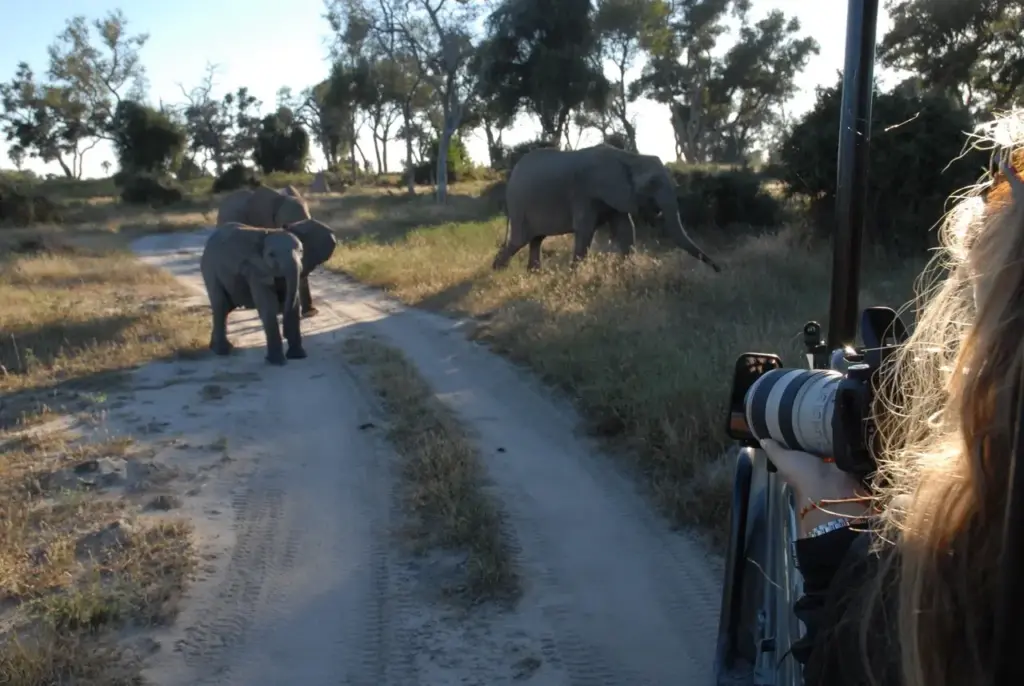
Credit Gary Lawrence
- SEE MAGIC EVERYWHERE
“Before pressing the shutter, focus on the composition, the shape and especially the light. When I’m about to take a photo, I always have an idea in mind, but I look around in case something better comes my way. For example, if I am filming a sunset, it may be that behind me, its rays are illuminating a herd of zebras with its warm light. Appreciating and using light is essential, and to do this you have to look all around. There is magic everywhere.”
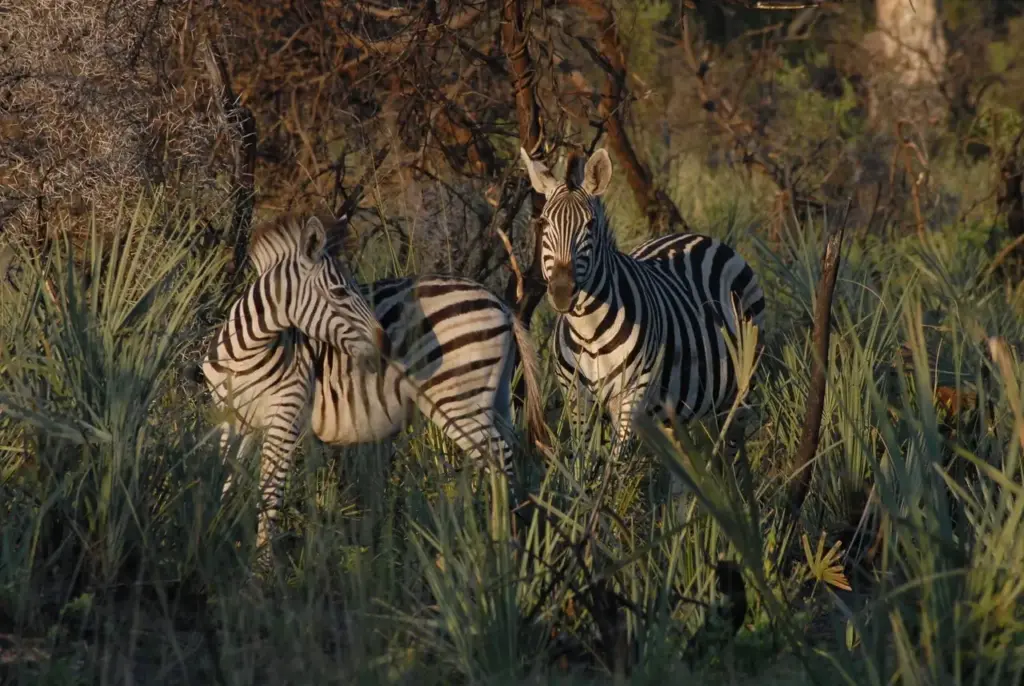
Credit Gary Lawrence
- HERE AND NOW
“If your photo is there, take it; a photo never comes back. But ideally, enjoy what you see first, for yourself. Then worry about your photo. When I’m on safari, I’m on a mission to produce a report or a film and tell stories, denounce someone’s behavior, raise awareness. But most people go on safari to come home and bring back images, not to talk about their experience, but about themselves. However, they should never put so much emphasis on images, which are poor testimonies of what they experienced.
“Take your photos, but take a deep breath and don’t sacrifice your experience for them. Don’t live vicariously for someone who will relive your adventure a little through your photos. Live for yourself, here and now. It is the greatest gift you can give to yourself.”
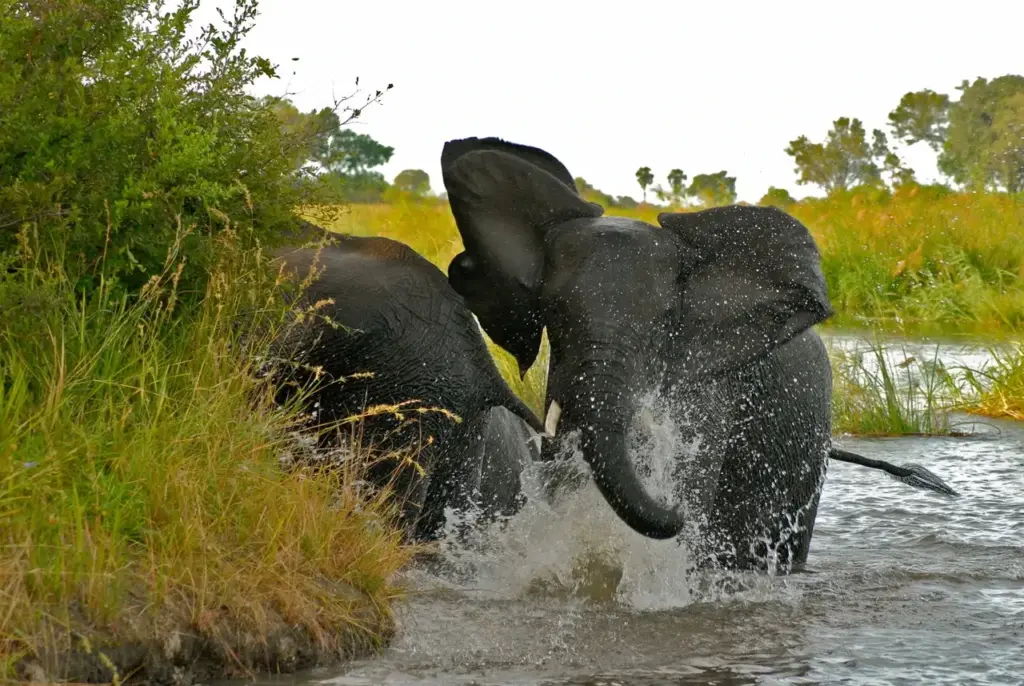
Credit Gary Lawrence
This story was originally published at ProfessionVoyages.com, part of the Travelweek Group
